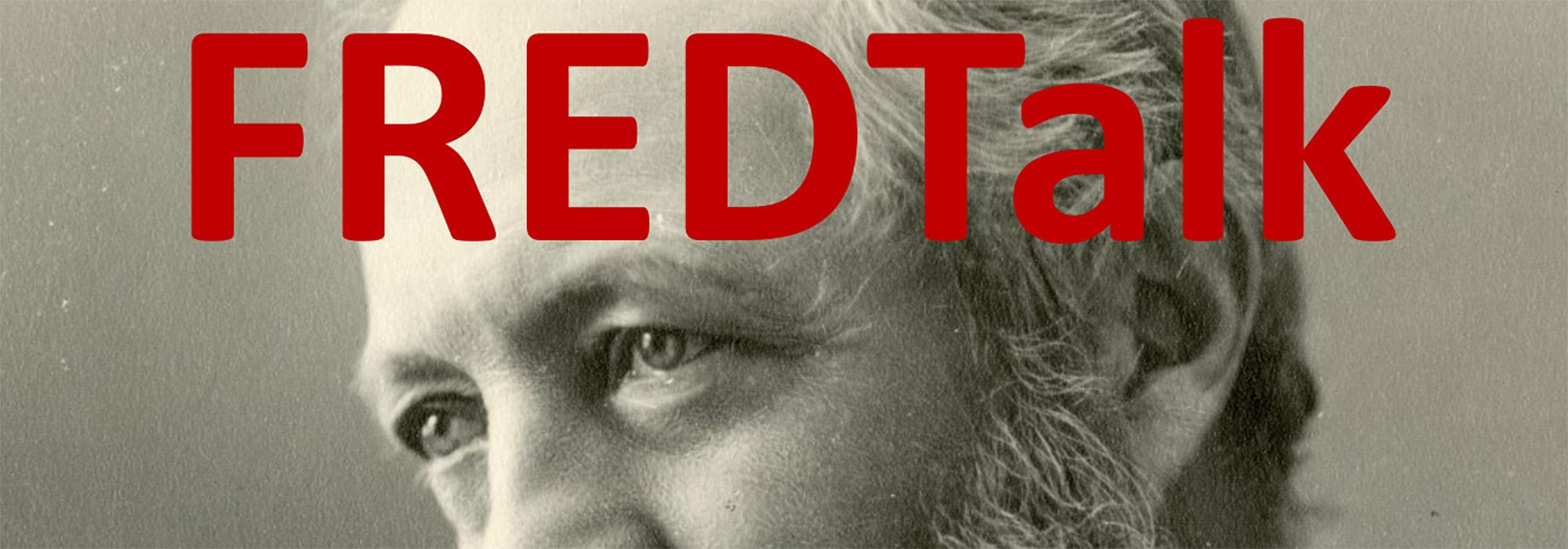Join ASLA-NY, TCLF and Central Park Conservancy for:
This past April marked the bicentennial of Frederick Law Olmsted, Sr.’s birth. Although many still do not know that there is no “A” in his name, and that there were actually three Olmsteds (news flash: he didn’t live from 1822-1957), generally speaking, his impact on the profession – and the public – from coast-to-coast – is still only superficially understood. Olmsted-designed landscapes are more than picturesque scenery and public grounds for society’s use and enjoyment.
This presentation draws on forty years of professional practice – incorporating big ideas and anecdotes, and aims to lift the veil on those in Olmsted’s practice and his successor firms from 1857-1979 (beyond those named Olmsted). Additionally, the presentation will address how the Olmsted practice served as the definer and proselytizer of the professional discipline that Sr. named, how the firm came to define what a corporate practice should look like and how it should function (including support for the “grand tour,” the idea of preparing multiple alternatives to sell your ideas, leveraging one’s position as both a practitioner and an academic to cultivate and import the best and brightest students, the need to nurture and cultivate patrons, the critical nature of well-organized archives and dedicated staff for collections management), and how landscape architects need to seize the opportunity to lead and orchestrate from the planning of cities and campuses to getting involved early and siting the building architecture.
Olmsted introduced new typologies (parkway, park system), he recognized that landscape was Infrastructure and that a thorough understanding of soils and water (from watersheds and hydrology to soil remediation) was essential. He understood landscapes and cities to be dynamic, possessing intertwined systems that could be guided and shaped, and the idea of managing change.
Finally, the presentation concludes with reflections of how we can steward Olmsted’s ideas and built works today – from a deeper and broader cultural context (e.g. race, gender) to supporting and collaborating with individuals and organizations who are working in their communities to engage with Olmsted and his legacy.
This event will be followed by a reception and book signing
